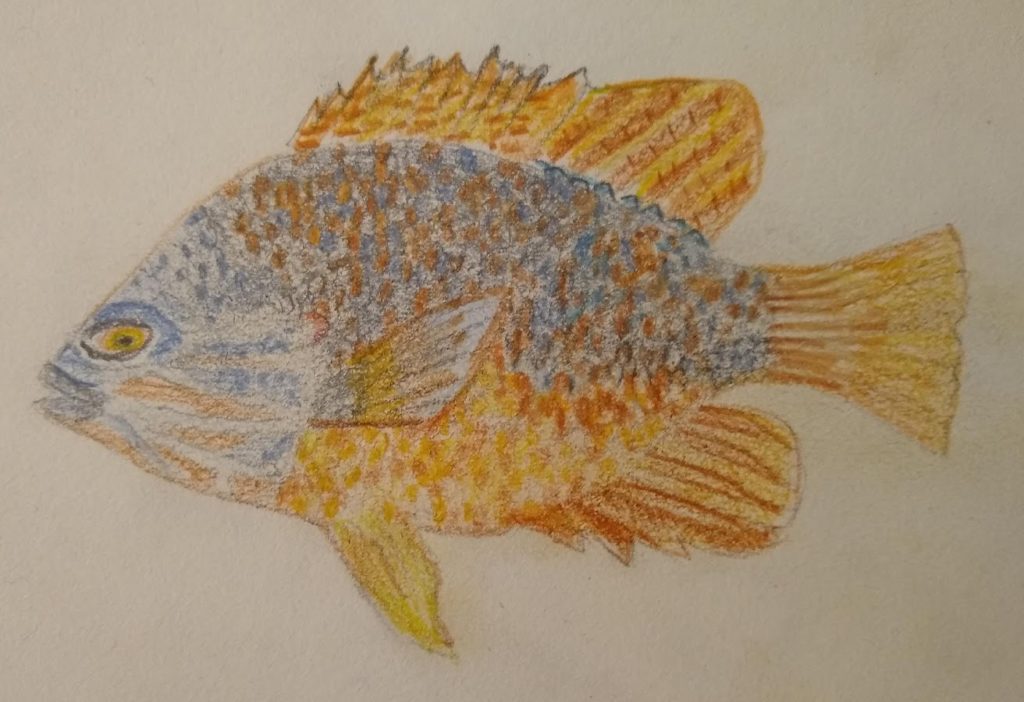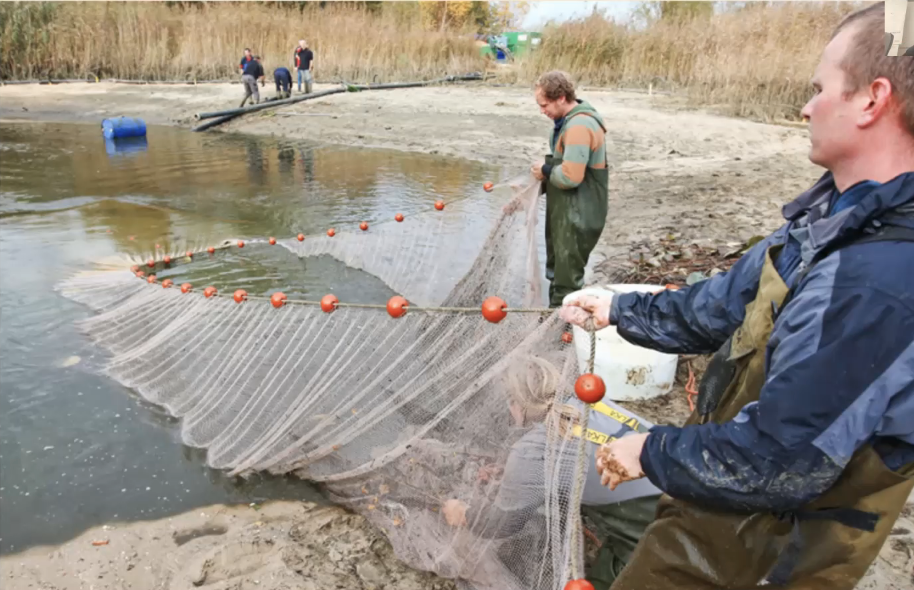Pumpkinseed were a valued pond-fish throughout Europe for many years, with a colourful appearance contributing to their aesthetic charisma. In the early 2000s, owners of Pumpkinseed began releasing them in open and closed water systems to empty their aquariums without taking the pet’s life. Although this might have been considered thoughtful towards Pumpkinseed, many other species have ended up at risk. Under the label of an ‘invasive’, ‘alien’, ‘exotic’, ‘non-native’, or ‘introduced’ species, Pumpkinseed were seen as a hazard for local native species because of out-competing them for habitats and resources, contributing significantly to biodiversity loss. As a consequence, conservationists have developed drastic measures to eradicate them from certain localities, prohibiting trade in them, and excluding them from animal protection laws. How does someone’s valued pet turn into such an enemy for others?
‘Non-native species’ such as Pumpkinseed encourage reflections on the complexity of value attribution in context. The first thing to consider is that Pumpkinseed’s worth is highly dependent on (geographical) borders. The fish is valued in terms of biodiversity in the United States, where it is considered native. In Europe, the species has a positive value as a pond-fish but is a target for eradication in other circumstances because it is considered a threat to native species. What does this mean for its ‘belonging’ (Jørgensen, 2019)? Under what conditions can a species be considered ‘native’ and be valued for its presence?
Pumpkinseed clearly illustrate how people assign value in different ways. In the non-native case, people who keep the fish in their ponds value them aesthetically, understanding the species as charismatic (Jarci et al., 2020; Lorimer, 2007). On the other hand, conservation professionals value the native ecosystem over Pumpkinseed, deeming control and eradication measures necessary for protection. For effective protection of the ecosystem, the values of conservation professionals and the public need to be aligned (Crowley et al., 2019).
Values attached to non-native species are further complicated by humans’ role in where they are found. The definition of a non-native species hinges on the idea that it did not arrive in a geographical location on its own, but resulted from actions that were intentional (perhaps traded between people) or accidental, such as molluscs becoming attached to long-distance ships. This brings about a paradoxical emotional response: a feeling of responsibility for the introduced species is counterpoised by the need to protect local ecosystems.
As climates change and animals seek out new habitats, it will become increasingly difficult to determine if a species arrived at a destination by itself or because of human actions. New ways of thinking about (non-)native species are thus required. More refined terminology (Warren, 2007) and concepts such as an ‘animal diaspora’ (Ogden, 2018) open the way for different understandings of Pumpkinseed in the Anthropocene.


For Sale – Free – Pumpkinseed Fish for Pond
(courtesy of Helen Verploegen, May 2021)
Questions
- What constitutes ‘valued life’ within non-human nature in the Anthropocene?
- What role does charisma play in values attached to ‘non-native species’? What about borders and belonging?
- How do we deal with emotions related to human responsibility in the (accidental) introduction of ‘non-native species’?
- How can opposing values on the part of conservation professionals and the public be consolidated for the effective protection of (local) ecosystems?
Reading
Crowley, L. C., S. Hinchliffe, and R. A. McDonald. 2019. ‘The Parakeet Protectors: Understanding Opposition to Introduced Species Management’. Journal of Environmental Management 229: 120-32
Jaric, I., et al. 2020. ‘The Role of Species Charisma in Biological Invasions’. Frontiers in Ecology and the Environment 18.6: 345-53
Jørgensen, D. 2019. Recovering Lost Species in the Modern Age: Histories of Longing and Belonging. Cambridge, MA: MIT Press
Lidström, S., S. West, T. Katzschnet, M. I. Pérez-Ramos, and H. Twidle. 2015). Invasive Narratives and the Inverse of Slow Violence: Alien Species in Science and Society. Environmental Humanities 7: 1-40
Lorimer, J. 2007. ‘Nonhuman Charisma’. Environmental Planning 25.5: 911-32
Ogden, L. A. 2018. ‘The Beaver Diaspora: A Thought Experiment’. Environmental Humanities 10.1: 63-85
Ritvo, H. 2017. ‘Invasion/Invasive’. Environmental Humanities 9.1: 171-74
Van Dooren, T. 2011. ‘Invasive Species in Penguin Worlds: An Ethical Taxonomy of Killing for Conservation’. Conservation and Society 9.4: 286-98
Warren, C. R. 2007. ‘Perspectives on the “Alien” versus “Native” Species Debate: A Critique of Concepts, Language and Practice’. Progress in Human Geography 31.4: 427-46
Authors: Helen Verploegen and Riyan van den Born
